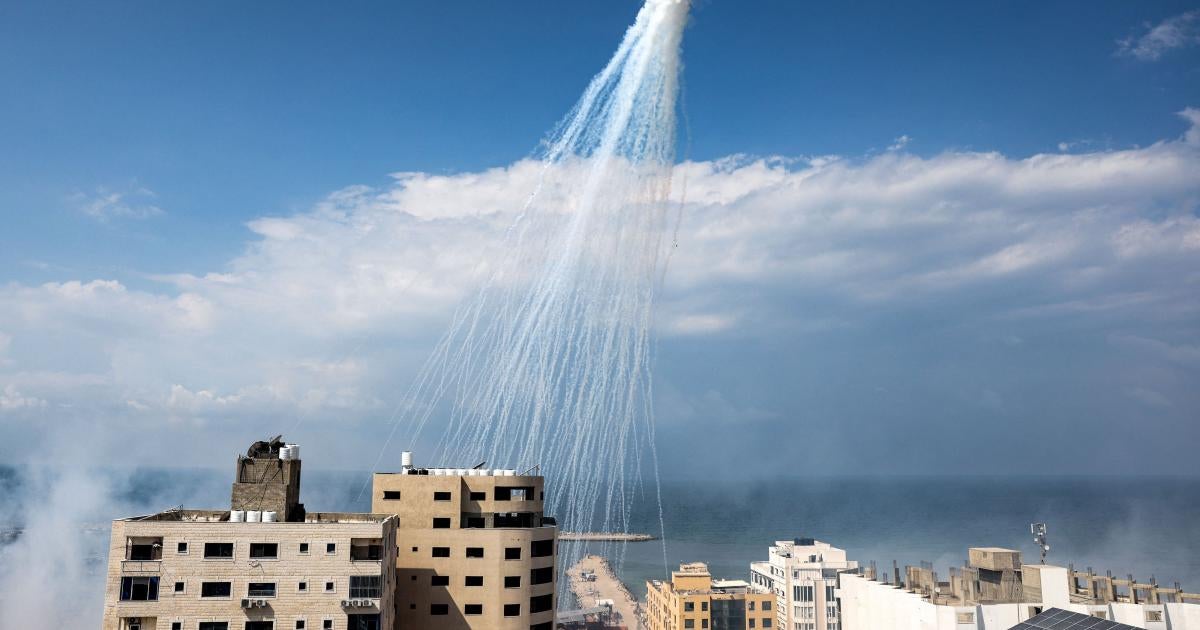White phosphorus ignites when exposed to atmospheric oxygen and continues to burn until it is deprived of oxygen or exhausted. Its chemical reaction can create intense heat (about 815°C/1,500°F), light, and smoke.
Upon contact, white phosphorus can burn people, thermally and chemically, down to the bone as it is highly soluble in fat and therefore in human flesh. White phosphorus fragments can exacerbate wounds even after treatment and can enter the bloodstream and cause multiple organ failure. Already dressed wounds can reignite when dressings are removed and the wounds are re-exposed to oxygen. Even relatively minor burns are often fatal. For survivors, extensive scarring tightens muscle tissue and creates physical disabilities. The trauma of the attack, the painful treatment that follows, and appearance-changing scars lead to psychological harm and social exclusion.
The use of white phosphorus in densely populated areas of Gaza violates the requirement under international humanitarian law to take all feasible precautions to avoid civilian injury and loss of life, Human Rights Watch said. This concern is amplified given the technique evidenced in videos of airbursting white phosphorus projectiles. Airbursting of white phosphorus projectiles spreads 116 burning felt wedges impregnated within the substance over an area between 125 and 250 meters in diameter, depending on the altitude of the burst, thereby exposing more civilians and civilian structures to potential harm than a localized ground burst.



